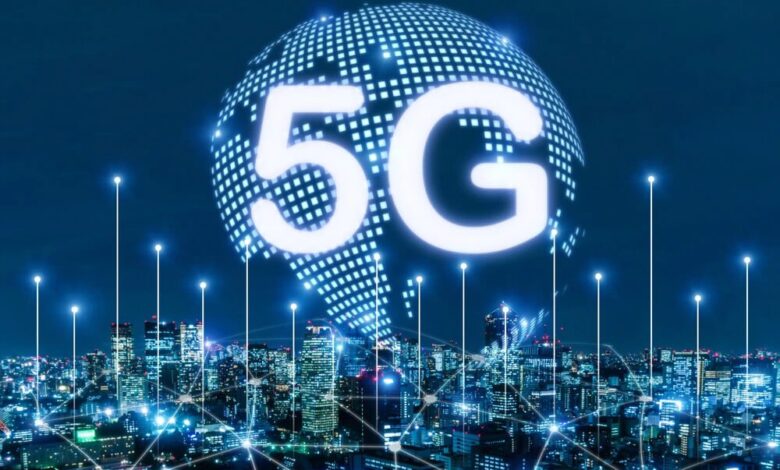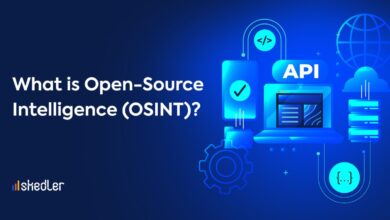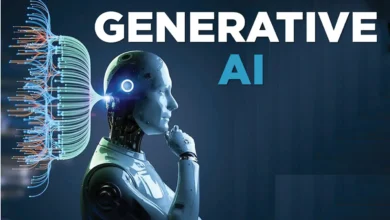5G Vastly Improves Data Collection and AI Capabilities

The advent of 5G technology has revolutionized the way we connect, communicate, and process information. With its unparalleled speed, low latency, and massive connectivity, 5G is not just an upgrade to its predecessor, 4G—it’s a game-changer for industries worldwide. But what does this mean for data collection and artificial intelligence (AI)? How does 5G enhance AI capabilities, and what opportunities does it unlock for businesses and individuals alike?
In this article, we’ll explore how 5G is transforming data collection and AI, enabling faster decision-making, smarter automation, and more efficient systems. Whether you’re a tech enthusiast, a business leader, or simply curious about the future of technology, this guide will provide you with actionable insights and real-world examples.
How 5G Enhances Data Collection
Faster and More Reliable Connectivity
5G’s most significant advantage is its speed—up to 100 times faster than 4G. This allows for real-time data collection from millions of devices simultaneously. For example, in smart cities, sensors can collect data on traffic, air quality, and energy usage instantly, enabling authorities to make informed decisions.
- Real-time monitoring: IoT devices can transmit data without delays.
- Massive device connectivity: Supports up to 1 million devices per square kilometer.
- Improved accuracy: Reduces data loss and errors during transmission.
Enabling the Internet of Things (IoT)
5G is the backbone of IoT, connecting everything from smart home devices to industrial machinery. With its low latency, devices can communicate seamlessly, creating a network of interconnected systems that collect and share data efficiently.
- Smart factories: Machines can self-diagnose and report issues in real-time.
- Healthcare: Wearable devices can monitor patients’ health and send alerts instantly.
- Agriculture: Sensors can track soil conditions and optimize irrigation.
For more on how IoT is transforming industries, check out our article on Generative AI Boosts Business Productivity: The Future of Work is Here.
5G’s Role in Advancing AI Capabilities
Accelerating AI Training and Inference
AI models require vast amounts of data to train effectively. With 5G, data can be collected and transmitted at unprecedented speeds, reducing the time needed for AI training. Additionally, 5G enables edge computing, where data is processed closer to the source, improving AI inference speeds.
- Faster training cycles: Reduces time-to-market for AI solutions.
- Edge AI: Enables real-time decision-making in autonomous vehicles and drones.
- Scalability: Supports large-scale AI deployments across industries.
Enhancing AI-Driven Automation
5G’s low latency and high reliability make it ideal for AI-driven automation. For instance, in manufacturing, robots can perform complex tasks with precision, while in logistics, AI-powered systems can optimize supply chains in real-time.
- Autonomous vehicles: 5G enables real-time communication between vehicles and infrastructure.
- Smart retail: AI can analyze customer behavior and personalize shopping experiences.
- Energy management: AI can optimize energy consumption in smart grids.
To dive deeper into the future of AI, explore our article on Artificial General Intelligence: The Future of Human-Like AI.
Real-World Applications of 5G and AI
Healthcare: Remote Surgery and Diagnostics
5G enables high-definition video streaming and real-time data sharing, making remote surgeries and diagnostics a reality. Surgeons can operate on patients from thousands of miles away, while AI algorithms analyze medical data to provide accurate diagnoses.
- Telemedicine: Doctors can consult patients in real-time.
- Wearable tech: Continuous health monitoring with AI-powered insights.
- Emergency response: Faster data transmission for critical care.
Smart Cities: Efficient Urban Management
5G-powered AI systems are transforming urban landscapes. From traffic management to waste disposal, cities are becoming smarter and more sustainable.
- Traffic optimization: AI analyzes traffic patterns to reduce congestion.
- Energy efficiency: Smart grids adjust energy usage based on demand.
- Public safety: AI-powered surveillance enhances security.
Challenges and Future Prospects
Addressing Security Concerns
While 5G offers numerous benefits, it also raises security concerns. The increased connectivity makes systems more vulnerable to cyberattacks. However, advancements in AI-driven cybersecurity are helping mitigate these risks.
- Encryption: Protects data during transmission.
- AI monitoring: Detects and prevents cyber threats in real-time.
- Regulatory frameworks: Governments are implementing stricter security standards.
The Road Ahead
The combination of 5G and AI is still in its early stages, but the potential is limitless. As technology evolves, we can expect even more innovative applications, from personalized education to immersive virtual reality experiences.
- 6G development: Research is already underway for the next generation of connectivity.
- AI ethics: Ensuring responsible use of AI in conjunction with 5G.
- Global adoption: Expanding 5G infrastructure to underserved regions.
Conclusion
5G is not just a technological upgrade—it’s a catalyst for innovation. By enhancing data collection and AI capabilities, it’s paving the way for smarter cities, more efficient industries, and a better quality of life. As we continue to explore the possibilities of 5G and AI, one thing is clear: the future is faster, smarter, and more connected than ever before.
Ready to dive deeper into the world of AI and technology? Check out our Digital Marketing Course in Ameerpet: Your Gateway to a Thriving Career to stay ahead in the digital age.


